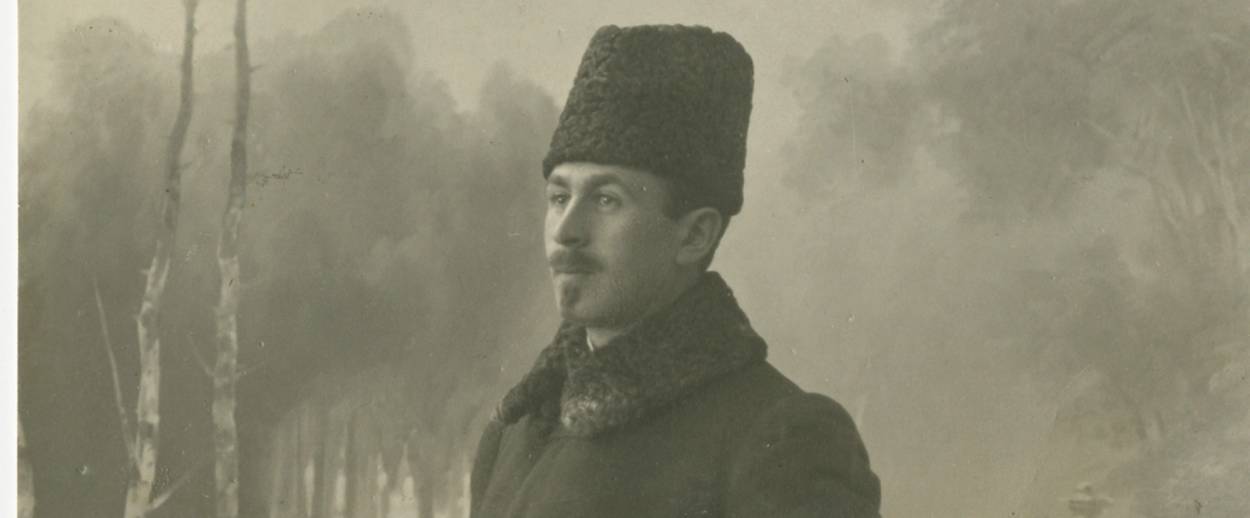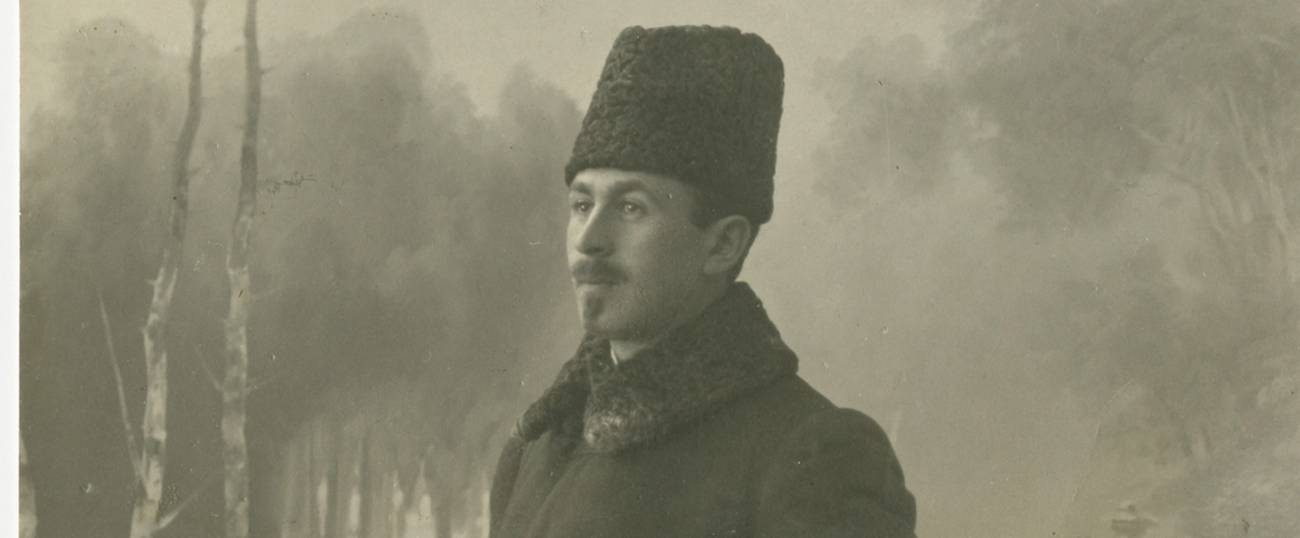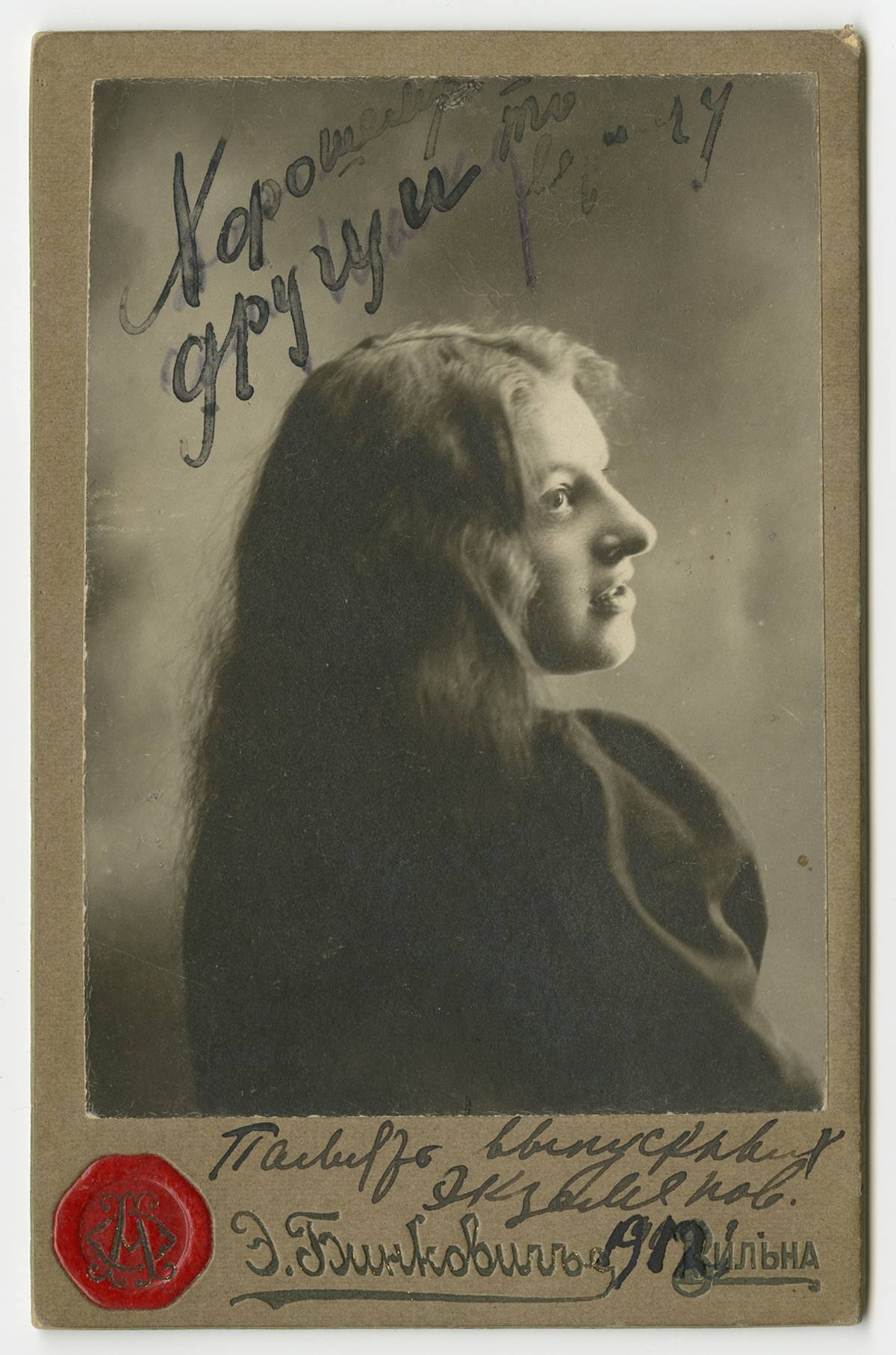In Search of Lost Memories
A family photo album smuggled out of the Kovno Ghetto is the subject of a new exhibition




It’s a family affair at New York City’s Yeshiva University Museum in more ways than one, as museum director Dr. Jacob Wisse co-curated the current exhibition: “Lost and Found: A Family Photo Album,” which focuses on 113 photographs … of his own family. However, that simple explanation does no justice to this show’s fascinating backstory.
The tale begins in the autumn of 1943 when Wisse’s great-aunt, Annushka Matz Warshawska, smuggled her family photo album out of the Kovno Ghetto and entrusted it to the safekeeping of a non-Jewish Lithuanian woman, Terese Fedaraviciene. Shortly afterward, Annushka (Anna) and her two young daughters were deported to the Klooga concentration camp in Estonia where they were murdered. Also killed in the Shoa were Anna’s husband and seven of her 11 siblings.
Fedaraviciene and her family held onto the album for 70 years, until, in 2013, her grandson, Juozas Federavicius showed it to a historian interested in the history of Slobodka, where the Kovno Ghetto was located. The scholar, Raimundas Kaminskas, organized an exhibition of the photographs in his hometown of Kaunas, Lithuania, where it was seen by the English photographer, Richard Schofield, who runs the International Center for Litvak Photography (“Putting Litvak history back in the picture”) in Kaunas.
Schofield was intrigued and smitten by the photographs, especially upon hearing of their unusual provenance. He became determined to discover the identities of the large and vital family depicted in the many scenes of holiday outings, cultural events, portraits, both formal and informal, and photographs and postcards of musical and theatrical celebrities, some personally inscribed. He contacted the United States Holocaust Memorial Museum and enlisted the institution’s help in digitizing the photographs from the album. Upon receiving the digital images, Schofield posted them on Facebook under the heading “A Lost and Forgotten Family.” He asked for help to “start building a clearer picture of just who the family might have been and what happened to them after they vanished from history.”

Portrait of Annushka Warshawska as a teenager. (Courtesy of Yeshiva University Museum)
For all the details, you’ll need to see this beautifully conceived and lavishly mounted exhibition, but suffice it to say that a historian at the Vilna State Jewish Museum, Saule Valiunaite, saw the Facebook post and responded to it with what a wall label characterized as “serious sleuthing.” Eventually, Valiunaite made the connection to Jacob Wisse’s family. (Wisse’s mother, Ruth Wisse, is a Tablet contributor). Valiunaite commented: “There are no words to explain the emotions I felt when I realized that the album had living descendants. It felt to me that the people in the photographs would no longer remain silent and unknown and that we’d be able to tell their story and ensure their faces and lives wouldn’t fade away… Knowing that the family would get back an album featuring their relatives who were murdered during the Holocaust was even more rewarding.”
Anna’s sister, Masha Roskies, Jacob Wisse’s grandmother, escaped Europe with her family in 1939, and the family album she retained, also featured in the show, contains a number of the same images as the lost collection. Reflecting on the stranger-than-fiction aspects of the album’s reappearance, Wisse noted: “It’s a real detective story, full of both windfall good luck and the mundane work of digging through phone directories. And it was all made possible through the persistence, kindness and insight of complete strangers: a photographer who first took notice of the photographs, a historian who did research into the identity of the original owner of the album and, especially, a Lithuanian family that bravely and conscientiously safeguarded the album over the course of three generations.”
The exhibition opens today and runs through March 10th, 2019. The Yeshiva University Museum is located at 15 West 16th Street, in New York City.
Morton Landowne is the executive director of Nextbook Inc.